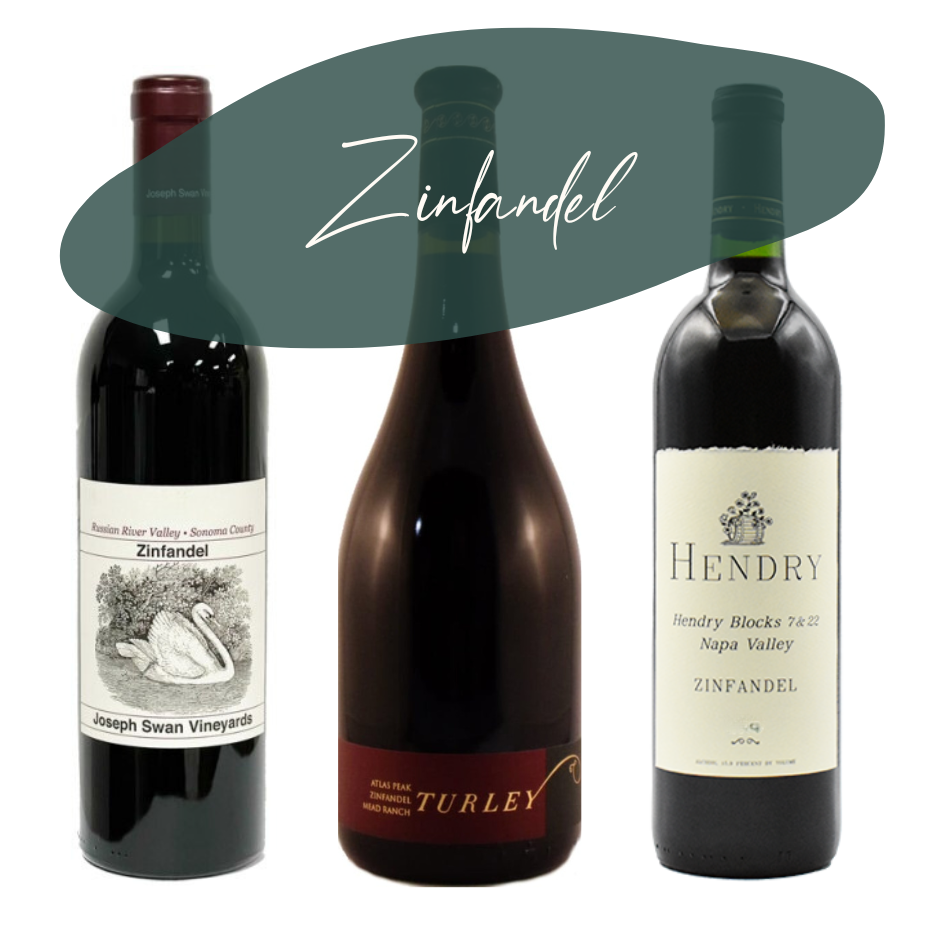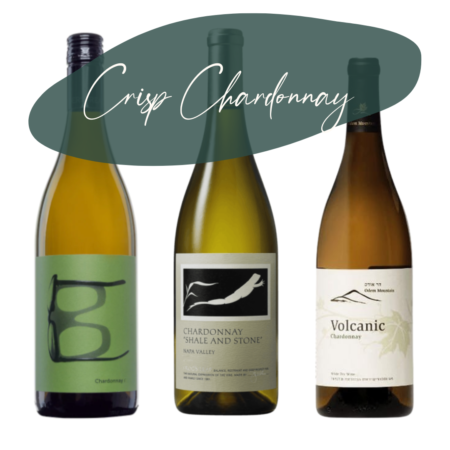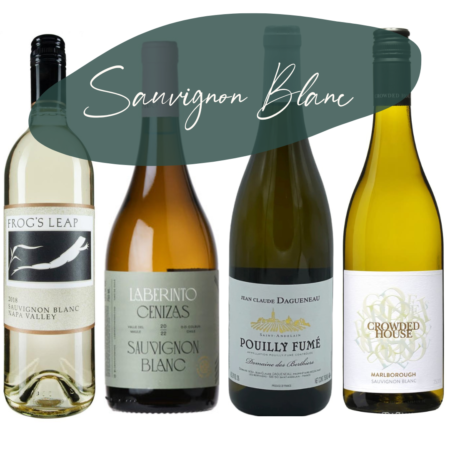Description
Zinfandel can be an easier grape to call because it’s only ‘classic’ style is New World, which means American. Zinfandel is the American grape. Every European tourist I ever served in a steak house wanted to try the American wine- and to them that meant Zinfandel. There are a few other people growing it around the globe, but they aren’t considered classic styles, thus are not a ‘testable’ style. The Zinfandels that have come out of Australia and Italy are interesting- but they will not show up on a wine exam. Check out the grid to see our key points in anylizing the wine.
Zinfandel is classically grown in California, specifically Napa Valley, Sonoma Valley and Paso Robles. Sonoma is the coolest, so the wines fruit notes will be tarter, the acid higher. Paso Robles is the warmest, so generally showing the highest alcohol and more stewed, cooked fruit.
Sight: Zinfandels tend to come in shades of ruby with purple hues. They will stain the glass some when swirled but not deeply. The legs or tearing generally is high- due to the elevated levels of alcohol. Remember though- this is a clue, but not one to pin the whole decision on.
Nose: There is always fruit in a wine. Reds have black, blue, red berry type notes while whites play host to citrus and orchard fruit notes. Remember that these are notes that can show- we are looking for clues.
Zinfandel tends to showcase jammy, stewed, tart note of red fruits, black fruits, blue fruits and raisin notes. Lots of the time figs will also show.
Red flowers can also be present, generally there isn’t a vegetal note, but pepper and Japanese five spice mix will show up. Chocolate & cola are also common. Some somms say they smell peach yogurt, but that has never really popped for me.
Oak aromas are important too- in Zins it could be French or American. French is indicated more by smoke, toast, vanilla, clove, cinnamon, nutmeg and hazelnut while American is clove, mace, dill, coconut and vanilla extract.
Earthy notes are rare but dust and a hit of clean dirt- think potting soil.
Personally I think of dusty cowboys snacking on freshly picked blackberries, fig newtons and raisins and sipping on strong alcohol. That’s my mental image for Zinfandel.
Common Confusion Points:
Blind tasting is like following a map, if you take one wrong turn you can end up in a completely different place. Sometimes I end up on Malbec, but those should have a more vivid purple shade with an electric pink rim generally. Malbec will also have more pronounced blue fruit and black pepper, more tannin and generally less acid.
I have called Zinfandels from Russian River Valley Pinot Noirs before. And I always kick myself. I have to remember that Pinots will be lower alcohol than Zinfandel and their fruit will not be as wild brambly in character.
Try this trio of Zinfandels!



